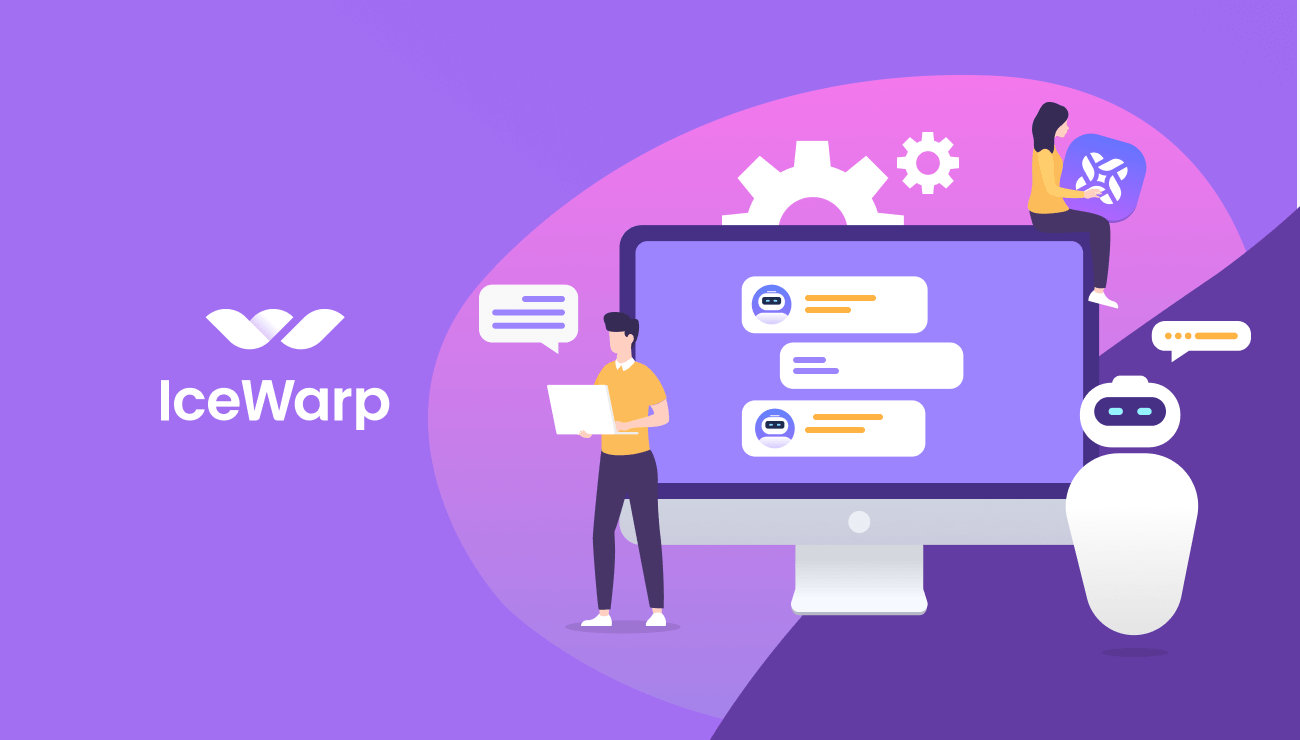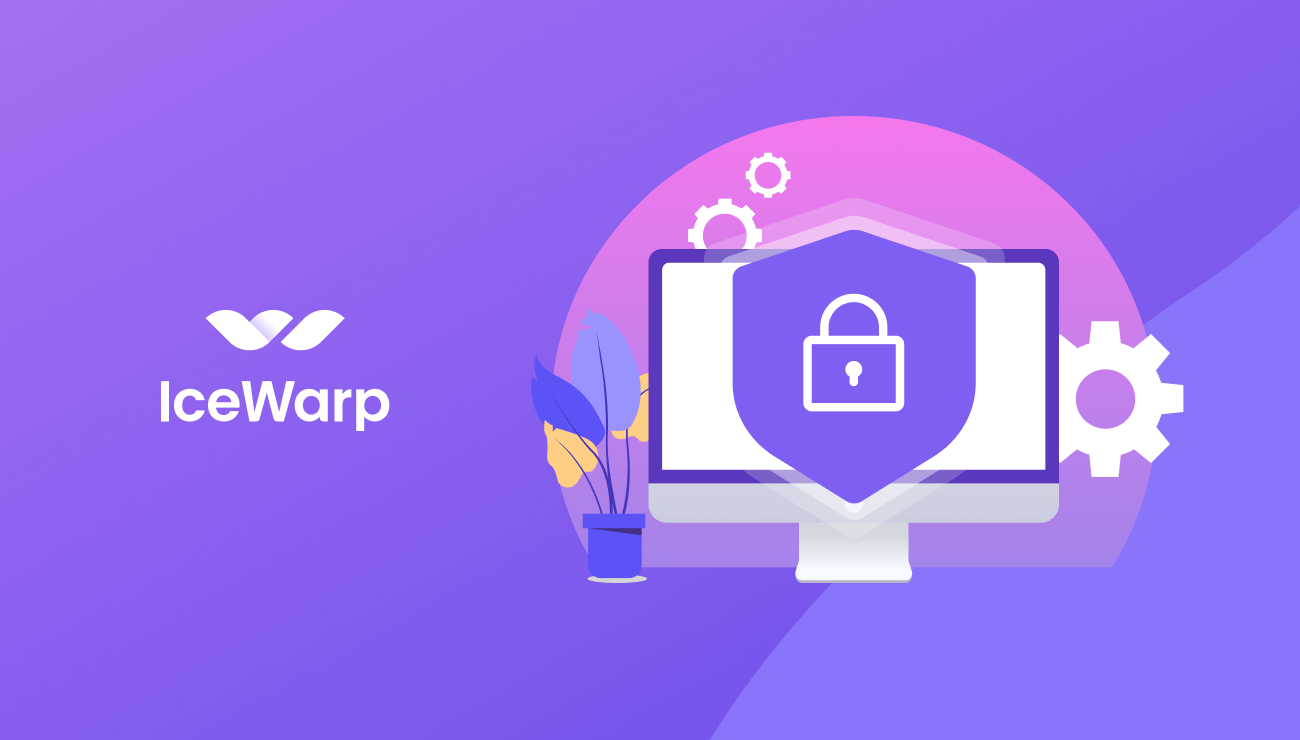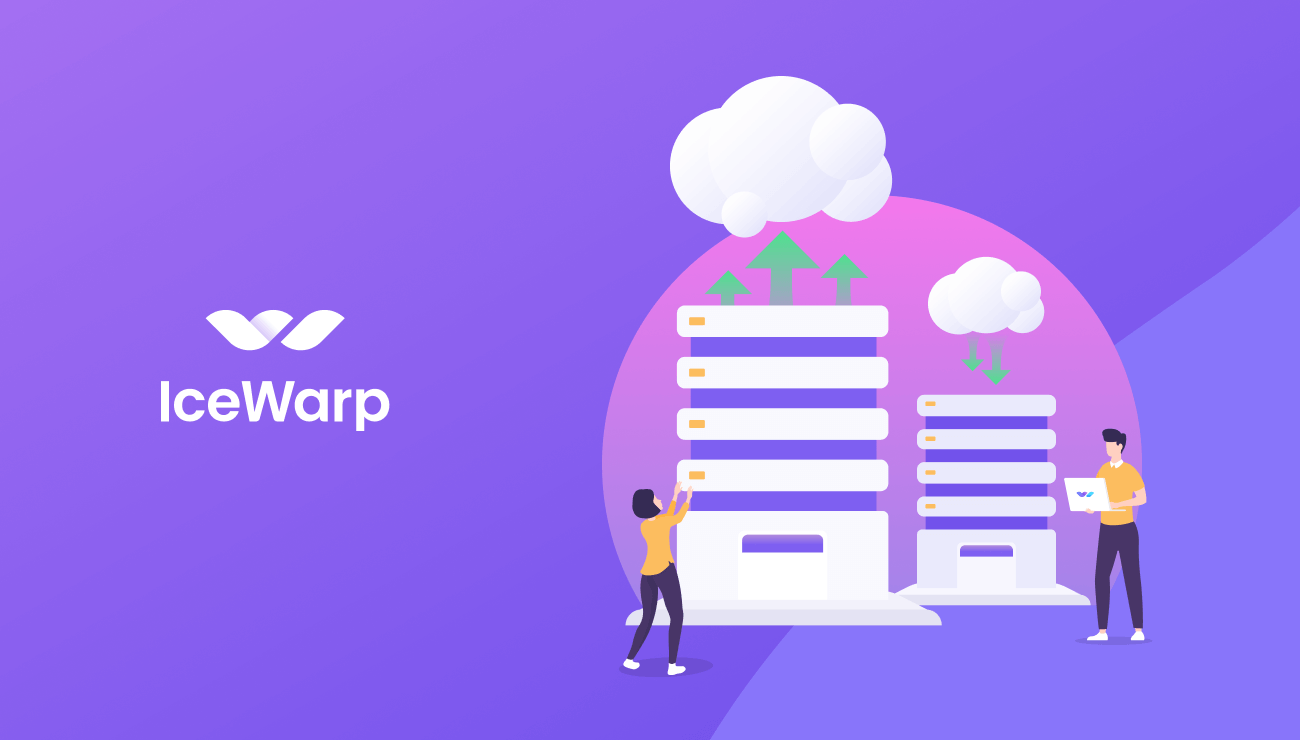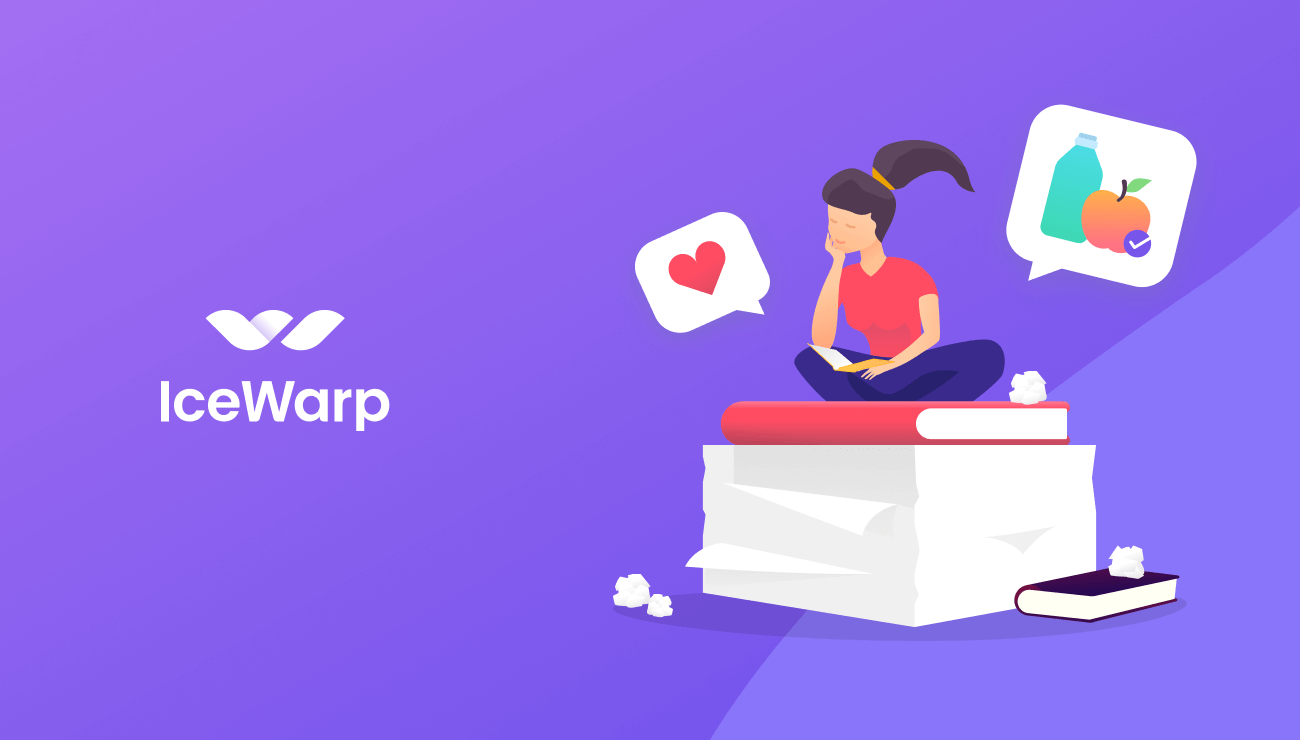How AI Can Improve Your Work in 2024
“Today’s AI is the worst you’ll ever use.” Artificial intelligence already affects all our jobs, eliminating some while improving others. So, which AI trends can you take advantage of right now to make your work life easier in 2024?
Artificial Intelligence in the Workplace
By now, we’re all very aware that AI is taking over the world by storm. You’ve likely even heard some downright dreary predictions about how these new machine-learning tools and algorithms are secretly stealing hardworking people’s jobs right out from under their noses.
And your fears wouldn’t be misplaced. Take, for instance, the McKinsey report that estimates that AI will fully replace 2.4 million jobs in the US alone. At the same time, another 12 million people will experience what they call an “occupational shift.” In other words, AI will replace some work functions, allowing the employees to focus their efforts on something the robots can’t do (yet).
OpenAI and ChatGPT
Whenever someone starts talking about AI, you can expect the term ‘ChatGPT’ to closely follow. That’s likely because this powerful chatbot, search engine, brainstorming tool, etc., created by OpenAI is completely free. And even despite being relatively new, the tool is undeniably more useful than anything that’s come before.
ChatGPT is currently being used in the workplace in more ways than any of us could possibly imagine. Programmers and software developers use it daily to write code, troubleshoot their latest apps, and uncover hidden bugs in the system. Only know how to code using C++? Well, it’s your lucky day because ChatGPT speaks C#, Java, Python, and more!
Aside from coders, this powerful tool is also leveraged by everyone from copywriters and marketers to accountants and fintech executives. It almost doesn’t matter what you do for work; you can start using ChatGPT today, completely free of charge, and use it to write a new slogan for your website, build a think tank for your latest project, or better organize your many work files and materials.
DALL-E
First, OpenAI gave us the ability to generate words, ideas, and texts, but now it’s delved further into the visual world. If somebody told you ten years ago that a computer program would give artists and graphic designers a run for their money, you’d say they’re crazy before turning back to your Art Sciences homework.
Yet, that is the reality of 2024. Similar to ChatGPT, you can try out DALL-E 100% for free, although you will need to sign up for their monthly subscription if you want unlimited and fast image generation. And you wouldn’t be the first to do so – by recent estimates, as many as 70,000+ businesses and brands are using DALL-E daily.
So, what are they using it for? Again, basically anything you can think of. Although some graphic designers initially feared they’d just lost their jobs, many have actually embraced the change by using DALL-E to create their own specific and carefully crafted image generations, saving both time and money.
The use cases are endless. You can immediately generate a graph you need in today’s board meeting, upload your own image and have the tool add some special effects or improve your line strokes… You could even generate a new brand logo, website art style, or concept art for how you’d like your brick-and-mortar shop to look.
In other words, if you can imagine it, DALL-E can generate it, thus turning the least artsy employees into content creators overnight.
Wearable Technology
ChatGPT and DALL-E are incredible, but if there’s one thing limiting their usability, it’s the fact that they’re both software, not hardware. When these two concepts combine, we end up with wearable devices powered by artificial intelligence that can help improve how you work. Let’s take a look at a few examples.
Warehouses and factories were among the first to adopt wearable tech like GPS, RFID, and haptic sensing bands. These bands collect an array of data that higher-ups can analyze to uncover areas for improvement, estimate their employees’ exertion levels, and predict the ideal amount of rest and recovery.
Another example is Microsoft’s HoloLens and Apple Vision Pro. These two wearable devices allow workers to see multiple tabs, screens, and visual aids while still physically working on whatever’s in front of them. These “glasses” can even provide on-the-spot training for new employees who can both watch an introductory video on how to perform a task while getting hands-on experience doing that very task.
AI & IceWarp
At IceWarp, we’ve been following the trends of AI in the workplace very closely. That’s why we added the option to use ChatGPT within the IceWarp interface, effectively providing users with all the benefits, applications, and use cases mentioned above.
Save time with email text suggestions, brainstorm and create new ideas, quickly and easily translate messages, and so much more, all while never leaving IceWarp in your browser. If you’d like to know more about all the new AI-assisted features, be sure to check out our deep dive on the topic.
A Bright but Intimidating Future
It feels right to mention this once again: “Today’s AI is the worst you’ll ever use.” That means whatever tools you’re using right now at work or even just for fun are only going to improve exponentially within the foreseeable future.
This can be both exciting and intimidating. It’s exciting to see how you can do your job better and broaden your own horizons with skills you didn’t have before. But it’s important to always stay up to date or even ahead of the curve if you can.
It’s safe to say artificial intelligence isn’t going anywhere, and by having AI work for you, you can start working better than ever before!
Let AI Transform How You Work Today by Trying IceWarp 1 MONTH FREE!




